Jamie Chandler enters into an interesting debate - is camouflage hunting clothing really necessary? Will plain green hunting clothing have the same effect as camo? Delve in!
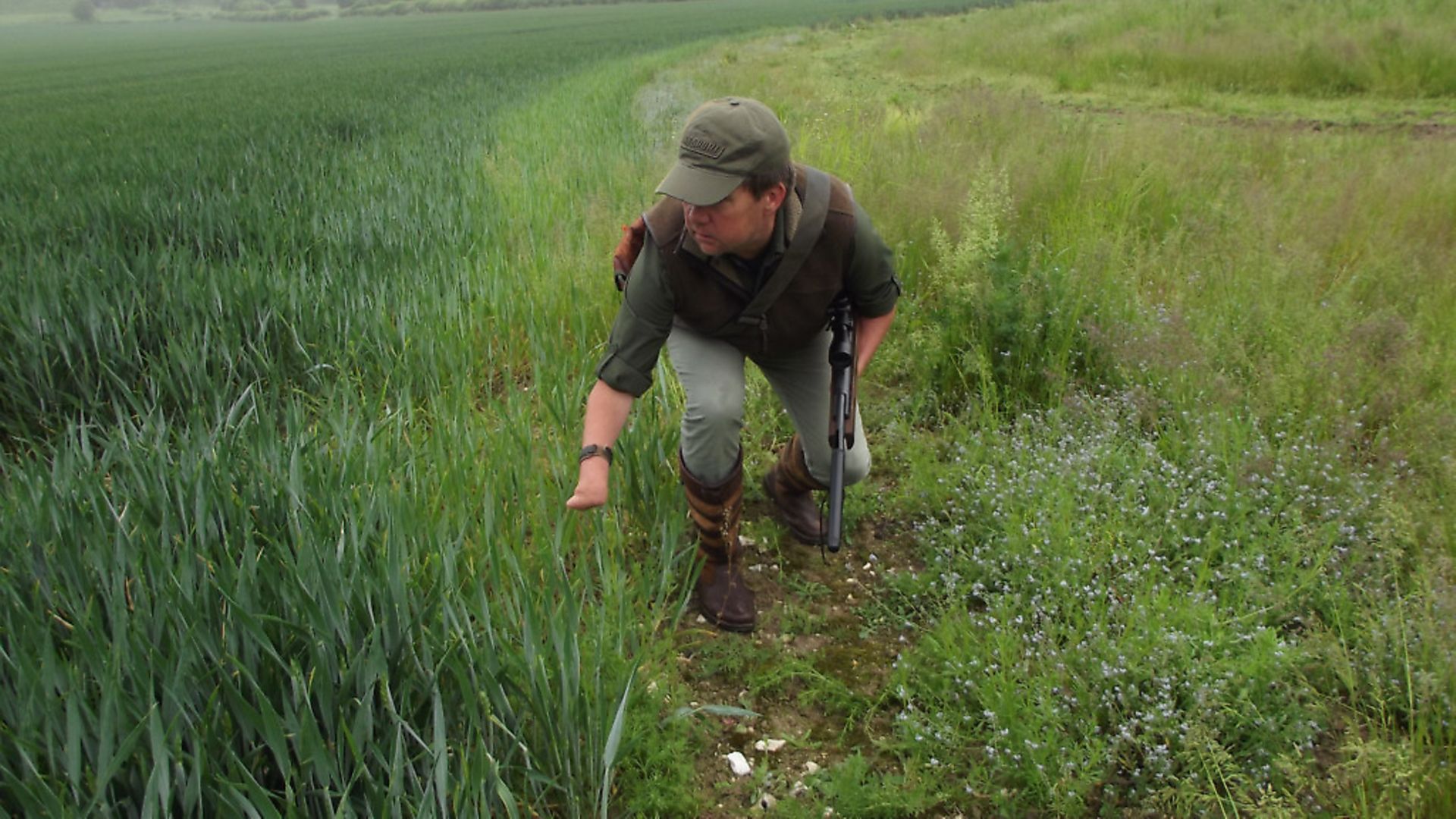 credit: Archant
credit: Archant
The history and advancements of camouflage clothing patterns are weirdly fascinating. The camouflaging of clothing for the army can be traced as far back as the mid-1800s when British forces fighting in India started dying their white uniforms with tea and curry powder, creating the colour that the Hindi and Urdu speaking populations referred to as ‘khaki’. The South African Boer used their highly-tuned skills in hunting and camouflage clothing to great advantage, dressing in khaki colours to ambush British forces on the veldt, who at the outset of the Boer War were still dressed in bright red tunics and white hats. We British quickly realised the advantage of camouflage clothing and changed uniforms accordingly. Finally, in World War 1, the French led the way in concealment and dispersal patterned clothing, as the first to start drawing lines and patterns on khaki or grey uniforms in order to break up the outlines of their crack rifle divisions.
As fascinating as this combined contemporary fashion and history lesson is, at least to me, you might be wondering why I’m twittering on about it. Well, I just wonder whether, specifically for our sport of airgun hunting, it’s a decisive advantage, or simply more a choice and in some way a statement of belonging, or uniform, that we choose to wear to identify us as hunters.
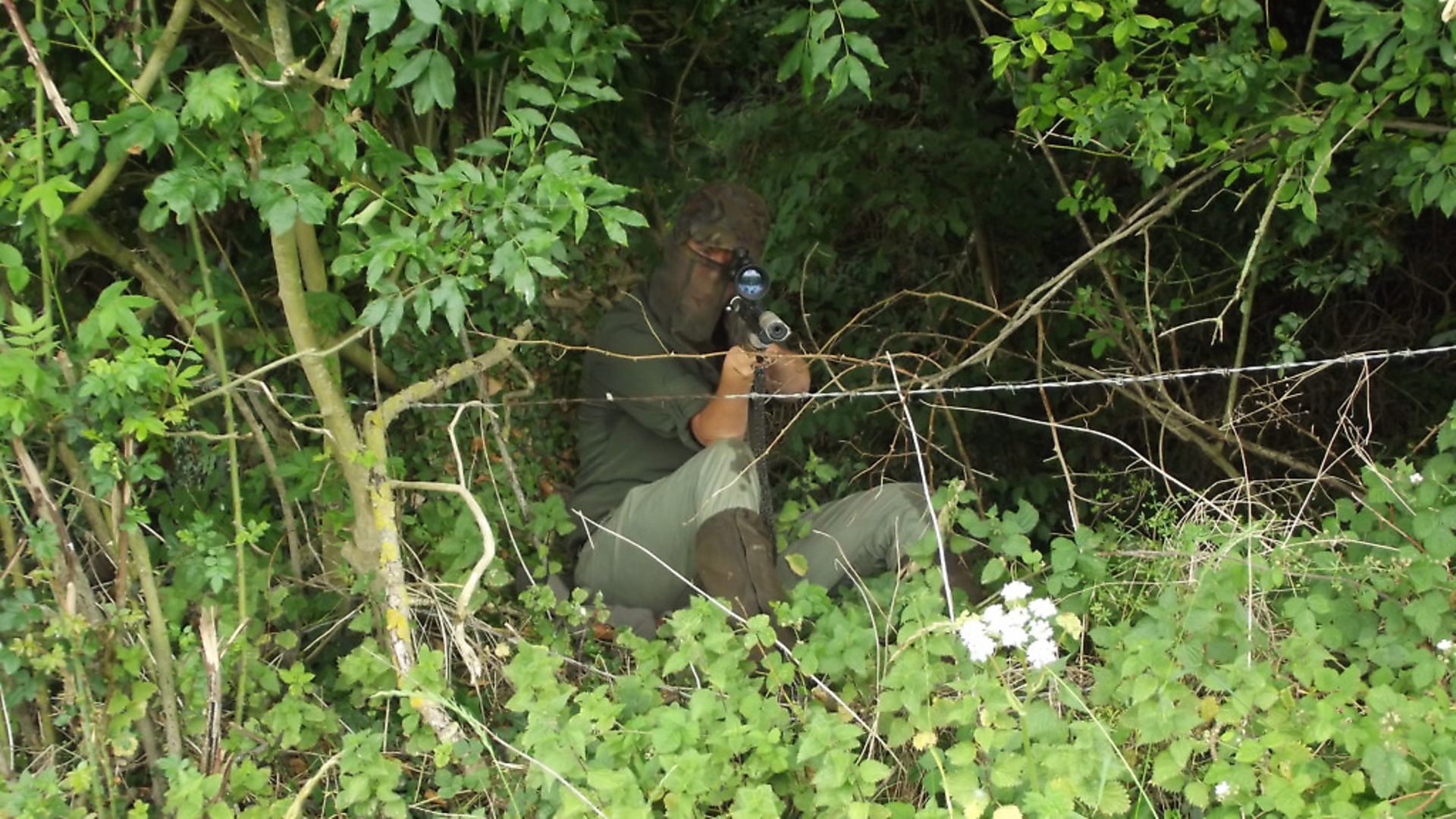 credit: Archant
credit: Archant
OCCASIONAL GREEN TWEED
I had this discussion with my friend, Tom, when out on his farm. Tom’s only concession to camouflage of any sort is an occasional green tweed jacket and cap. His tactic in hunting almost any quarry is simply to wear dark clothing and use what’s about him, and in fairness, he holds his own very well. On the other hand, when I first started getting serious about airgun hunting, 20-plus years ago, I jumped straight in with top-to-toe British DPM. Partly, it was what I thought would work best, but mainly because that’s the only coloured boiler suit they had in the agricultural merchants at the time. I thought it worked wonders, not only in concealing me, but also like doing up a pair of trainers before a run, or clipping up the chin strap on my mountain-biking helmet; putting it on focused my mindset on what I was doing. Today, I tend to stick to block colours and a camo jacket if the weather requires it.
So, is camo clothing specifically a game-changing essential part of an airgun hunter’s box of tricks? Certainly, with sub-12 ft.lbs. of power, we have to get closer to our quarry than our less evolved, hairy knuckled, bang-stick-loving cousins; or is it something that we’ve all just fallen for and love, but which puts us at no noticeably greater advantage when hunting? Also, if that is the case, then why do our hunting cousins from across the pond, and for that matter, those from the Continent, still succeed when having to embellish outfits, or indeed have entire jackets made out of orange or blaze orange camo? Answers, I must have answers!
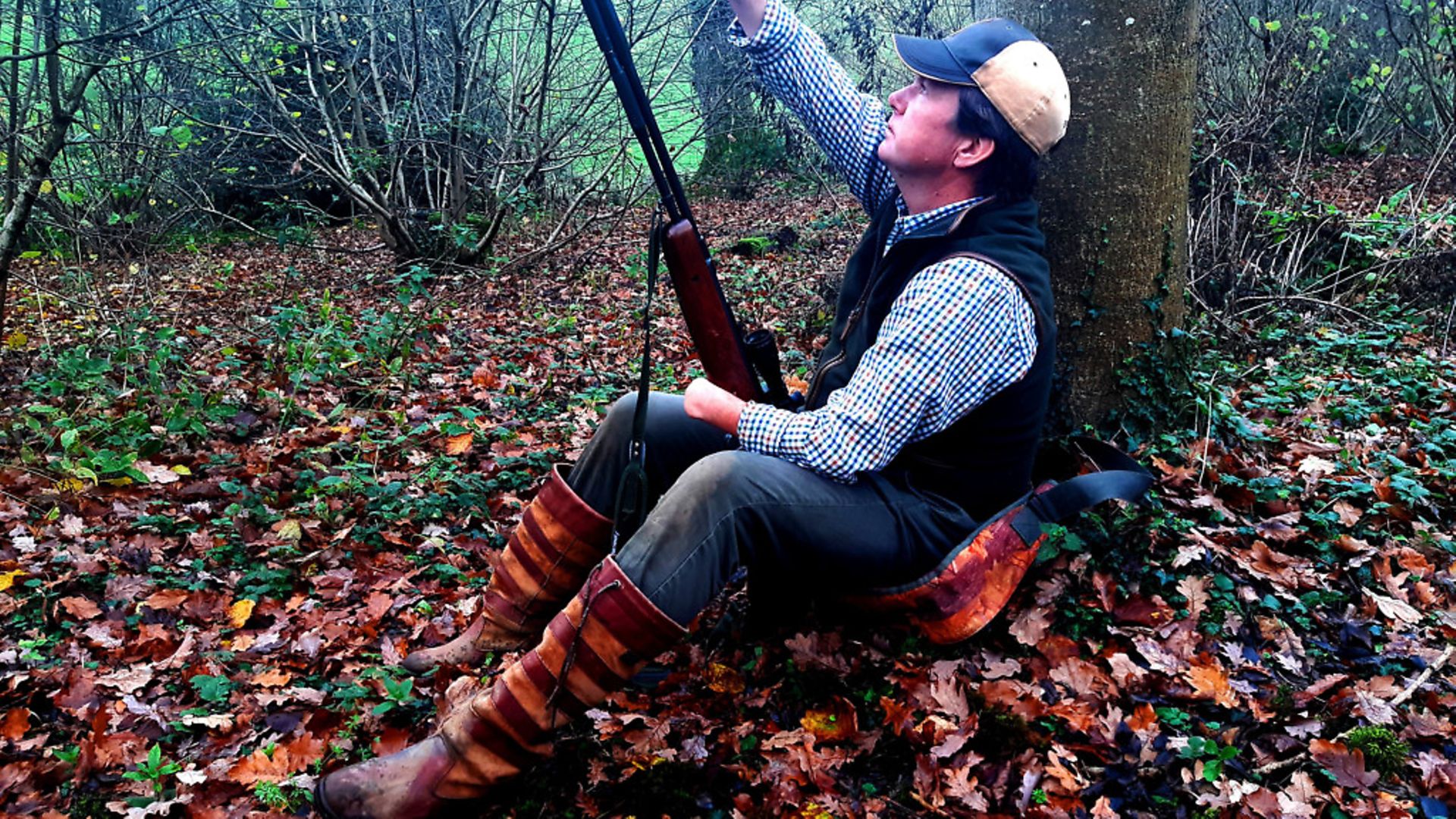 credit: Archant
credit: Archant
DRAB AND WHITE
I headed to the woods with the HW 77 for another notoriously unscientific experiment, to see if I could draw a conclusion. I divided the day into two sessions and for the first I wore just green block colours and white tattersall shirt sleeves. I perched myself against a trunk near a sitty tree, which is also normally a strong area for foraging squirrels, and sat. My premise was that anything quarry-like that did turn up would be far warier and more skittish around me if I was dressed in drab and white sleeves, than if I was in camo. To be clear, for this terribly unofficial experiment, ‘drab’ is browns, blues, khaki, et cetera in block colours.
Pigeons roamed over me, casually looking to land, but not reacting noticeably to my being there. I could hear magpies and crows screeching, but not near me, so again there was nothing to prove any wariness of my presence. The times when I did see clear signs of being spotted, though, were when I raised my arm to block the sun, or shouldered the HW77. Three times, I raised the rifle to take aim on a pigeon, and each time there was a clatter of wings starting from my targeted casserole filler, or one of its cousins, and they were off skyward. This does happen when I’m in camo, but normally I’d have expected to get shots off two of them, at least.
Again, a squirrel came scratching through the leaf litter and I brought the HW 77 to bear as it closed to about 18 yards away. The furry-tailed tree-wrecker eyeballed me. Normally, my movement is clearly spotted at such short distance, and it takes a few seconds for the squirrel to decide if I’m a danger. However, this bark-blender made its mind up before I had the gun in my shoulder; it was up a tree, screeching a warning from cover before I could get the scope on it, let alone a shot off.
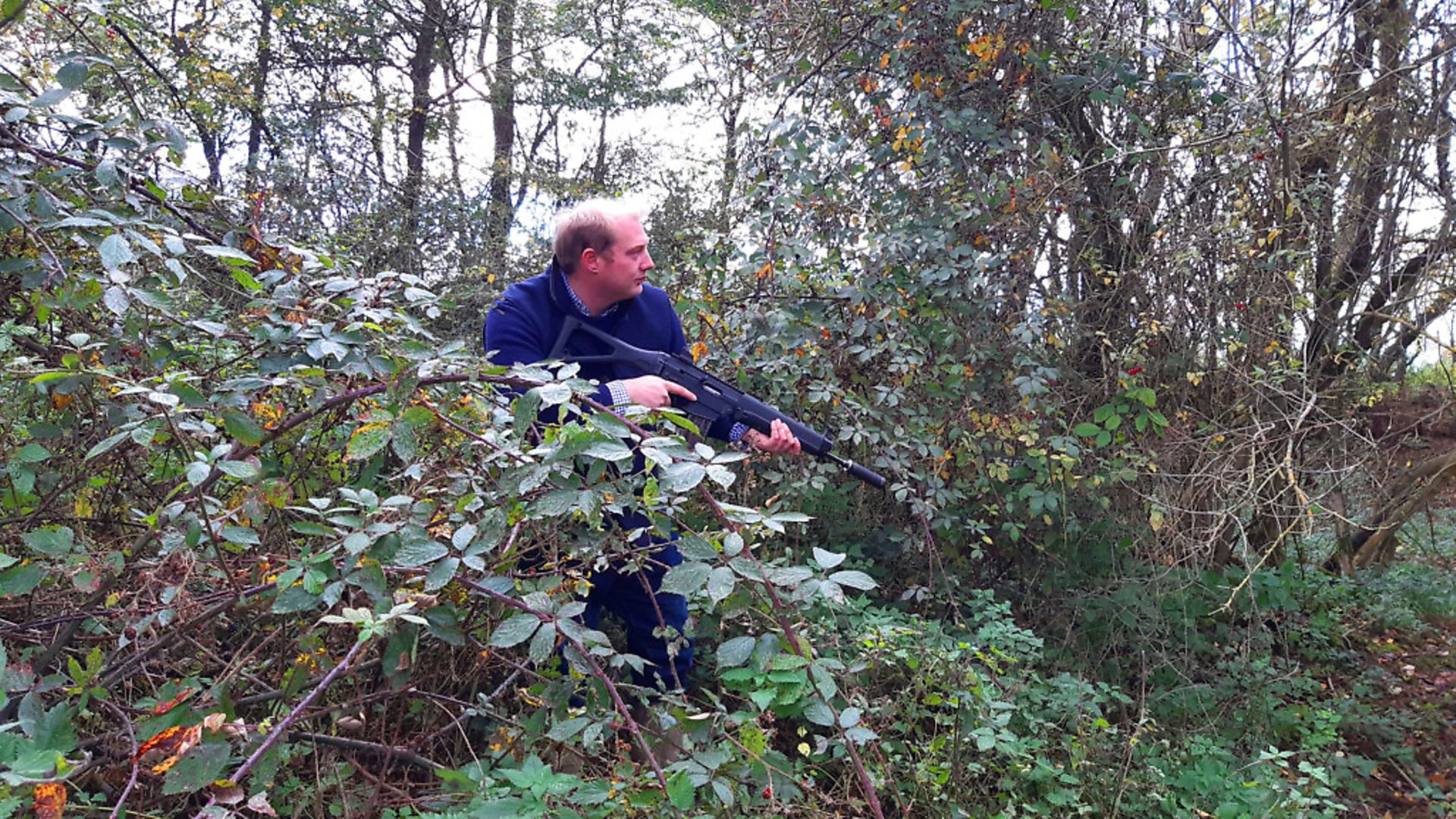 credit: Archant
credit: Archant
CAMO JACKET
For the afternoon, I changed clothing tactics; still dressed in drab colours, but with the addition of my faithful Jack Pyke camo jacket and a facemask, dug out from under the car seat. I resumed my watch in the same spot, overlooking the same tree line. This time, despite the stench from the face mask, things seemed to shift far more in my favour.
A flock of 20 pigeons came diving in, surrounding my position. I managed to get the rifle up, on aim and a shot off, but an unseen twig deflected the shot away from its target. Again, a squirrel turned up, charging between trees, but instead of barely freezing then barrelling off in fright when I moved, I was on it and tracking through the scope. It was gone before I had a chance to get a shot off, yet I’m pretty sure it didn’t see me. The second session ended as Tom roared up in his truck just behind me to see how I was faring, and by the time we’d stopped gassing, the light was lost. Although the second session was short, there were certainly conclusions I could draw from the day.
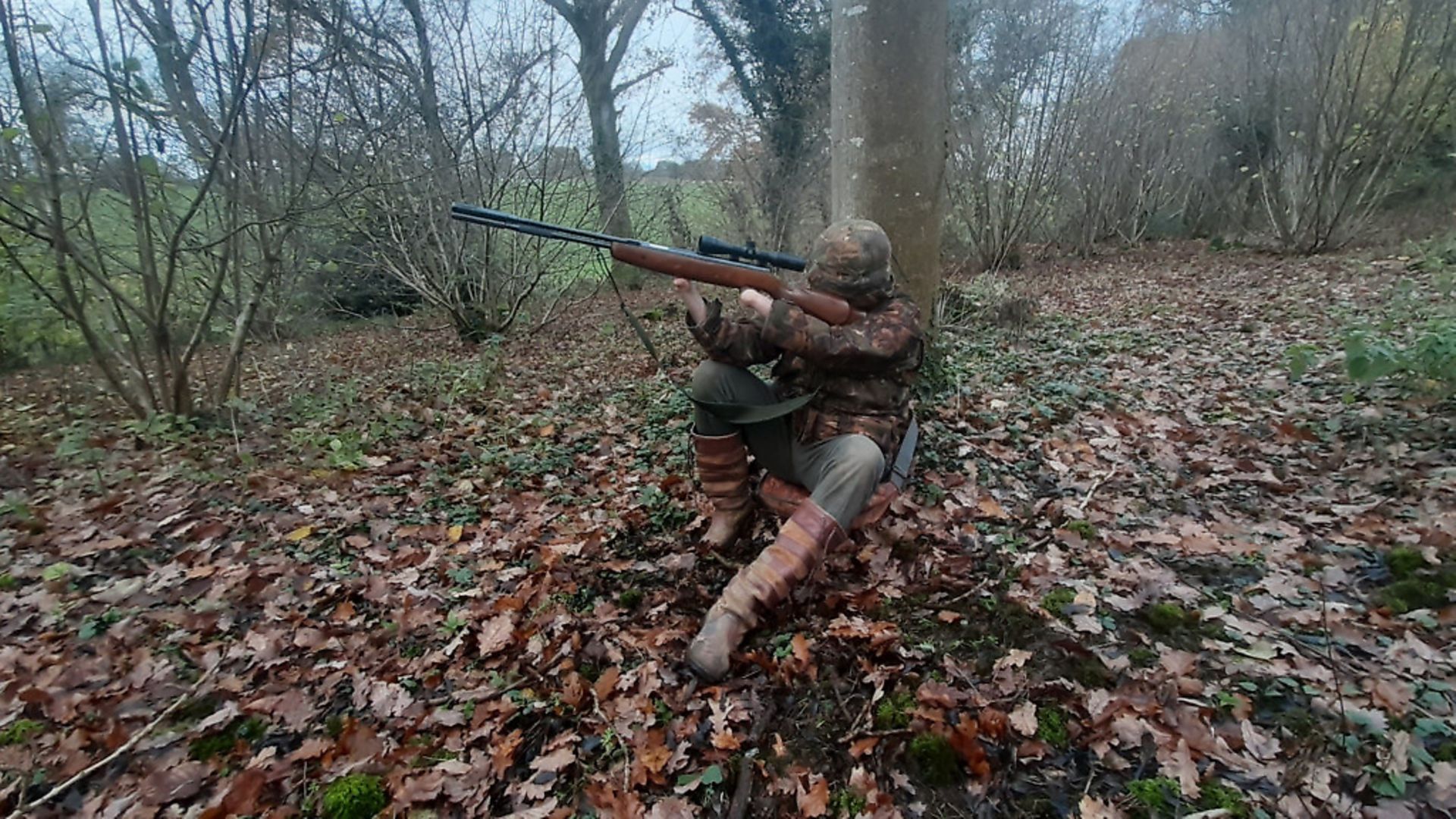 credit: Archant
credit: Archant
BE COMFORTABLE
In the real airgun hunting world, I honestly don’t think it makes a jot of difference if you are dressed in dull, block country colours or camo, so go with whatever works for you. Blaze orange I have no experience with, but I imagine pigeons would see you moving from as far as Mars and be off faster than Donald Trump from a ‘How to lose with grace’ convention.
What definitely does make a difference between an empty or full game bag is a face covering of some description, and covering skin, or brightly coloured clothes. A football-sized pink orb with eyes, staring at anything in a wood, is clearly going to be considered a danger, as is a white, short sleeve billowing like a flag, whereas two eyes poking through a face mask barely gets noticed. So, whether drab colour blocks or camouflage clothing are your thing doesn’t matter, as long as what you are wearing is comfortable and fitting to the season; i.e. warm and waterproof in the winter – hunt in whatever you have and just enjoy being there!
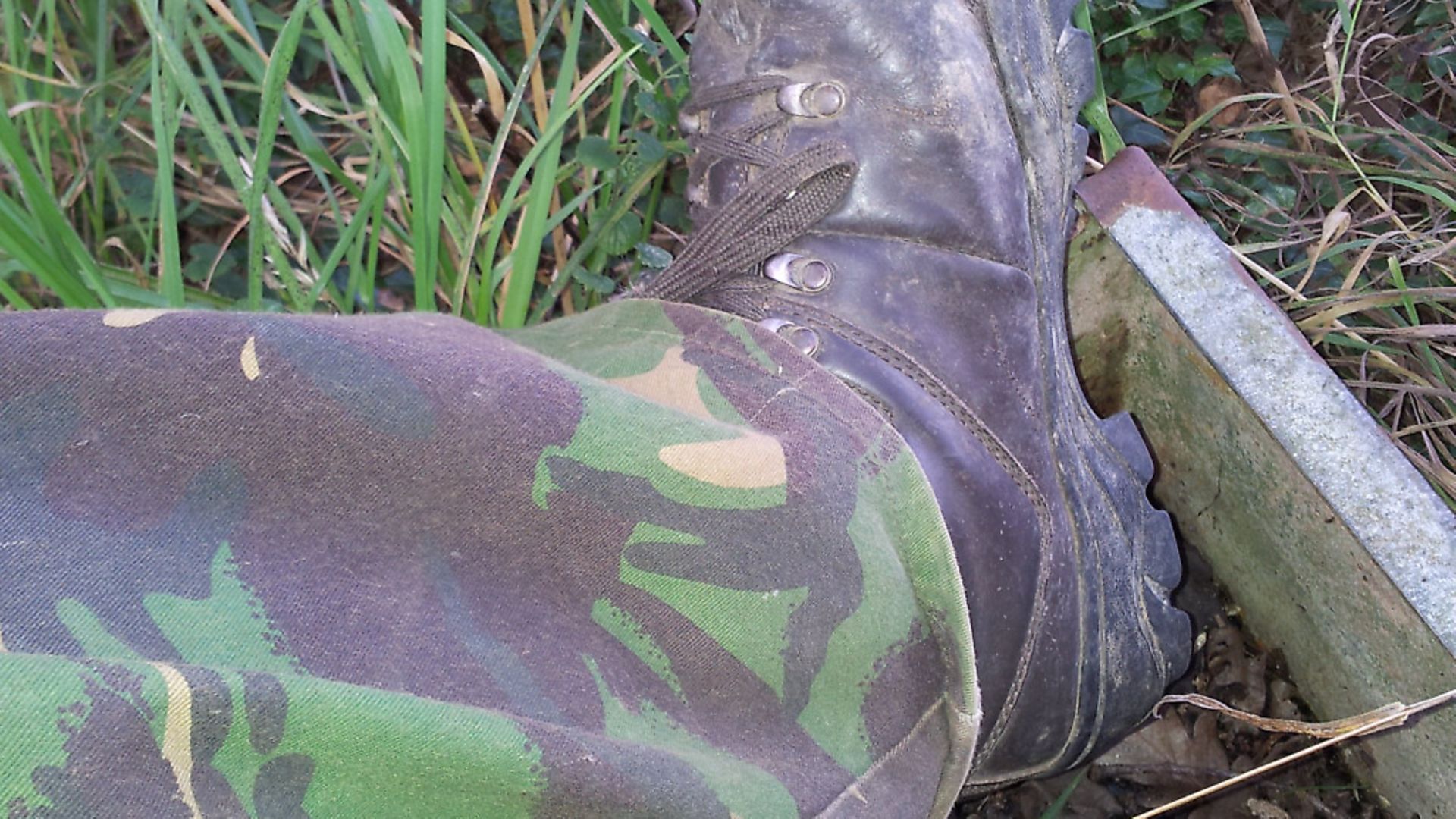 credit: Archant
credit: Archant
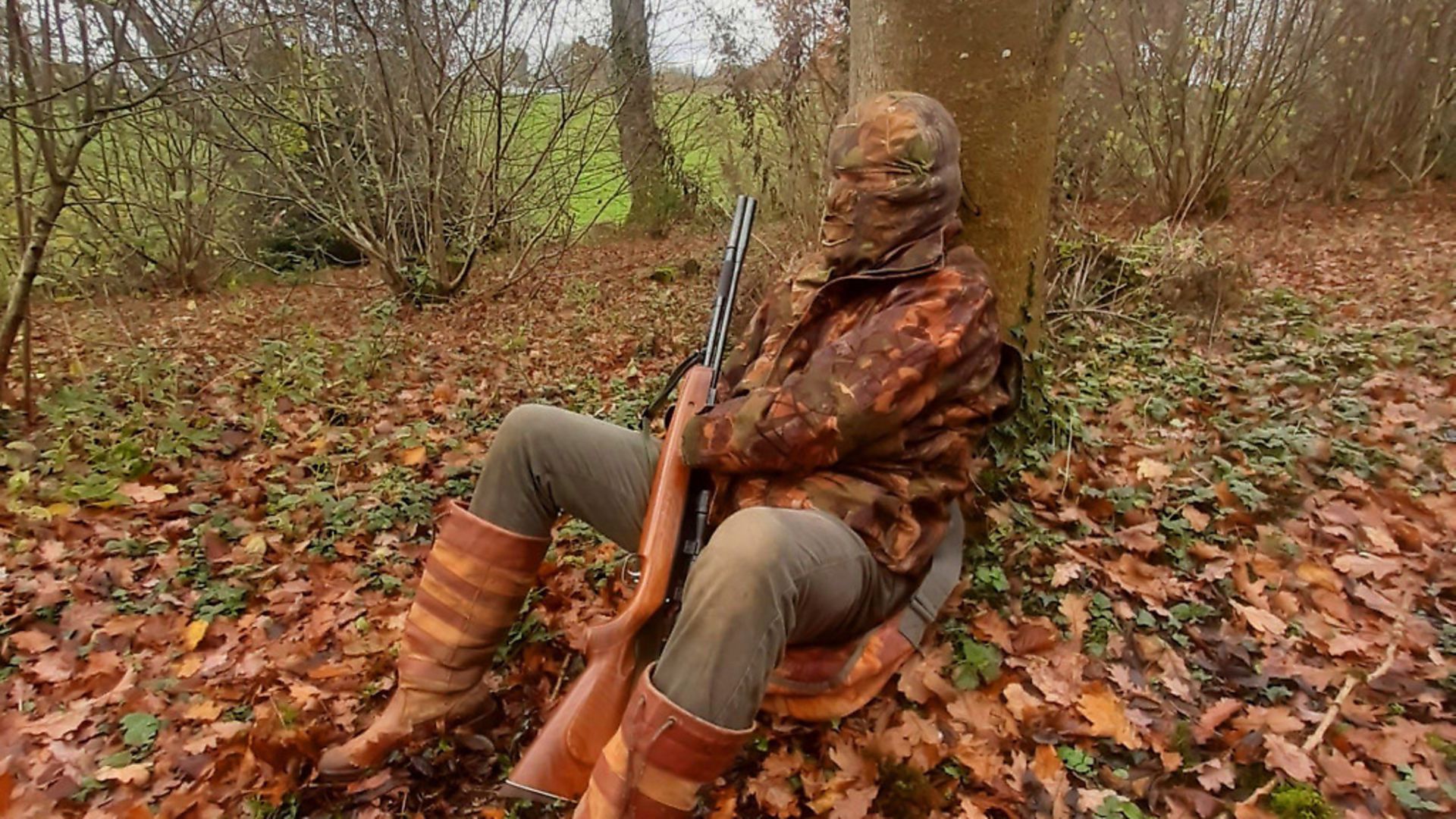 credit: Archant
credit: Archant
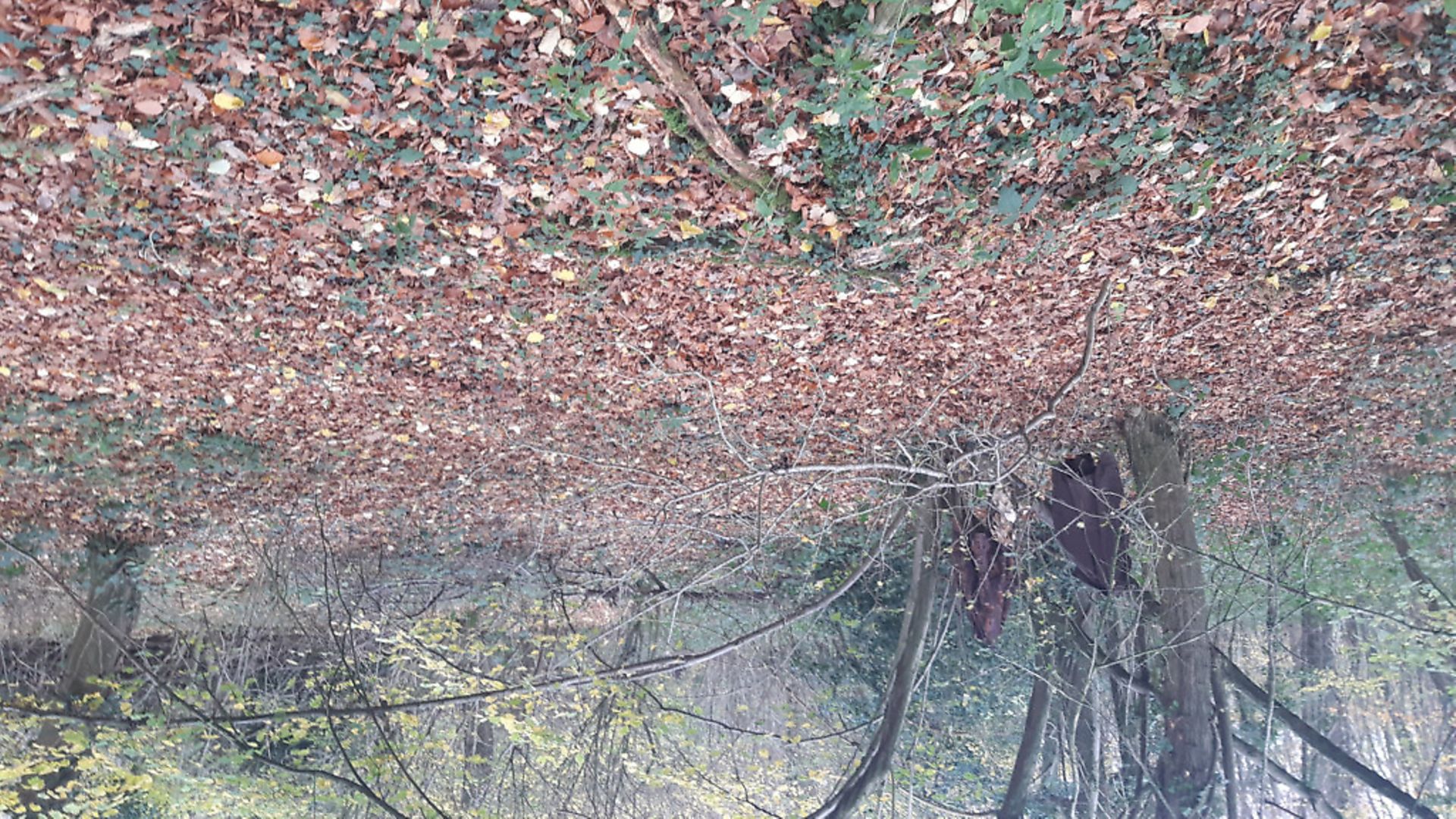 credit: Archant
credit: Archant